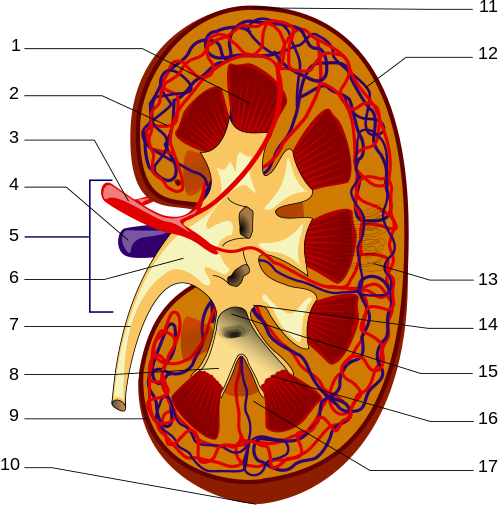
Photo from academic.microsoft.com
T he concept that blood has curative qualities dates back to ancient times. The poet Ovid (43 BC–17/18 AD) wrote of the rejuvenation of Aeson by “letting out the old… Click to show full abstract
T he concept that blood has curative qualities dates back to ancient times. The poet Ovid (43 BC–17/18 AD) wrote of the rejuvenation of Aeson by “letting out the old blood” and replacing it with a restorative tincture. Accounts of Roman spectators hoping to gain the strength of slain gladiators by drinking their blood are well detailed by the philosopher Pliny the Elder. But it was not until 1829 that James Blundell, the father of modern blood transfusion, published the first successful case of human-to-human blood transfusion, saving the life of a young woman experiencing postpartum hemorrhage by transfusion of 8 ounces of blood (w240 ml). However, many of Blundell’s other patients did not survive transfusion, presumably due to ABO incompatibility and the resulting hemolysis. Recognizing both the benefits and detriments of
Journal Title: Kidney International Reports
Year Published: 2021
Link to full text (if available)
Share on Social Media: Sign Up to like & get
recommendations!